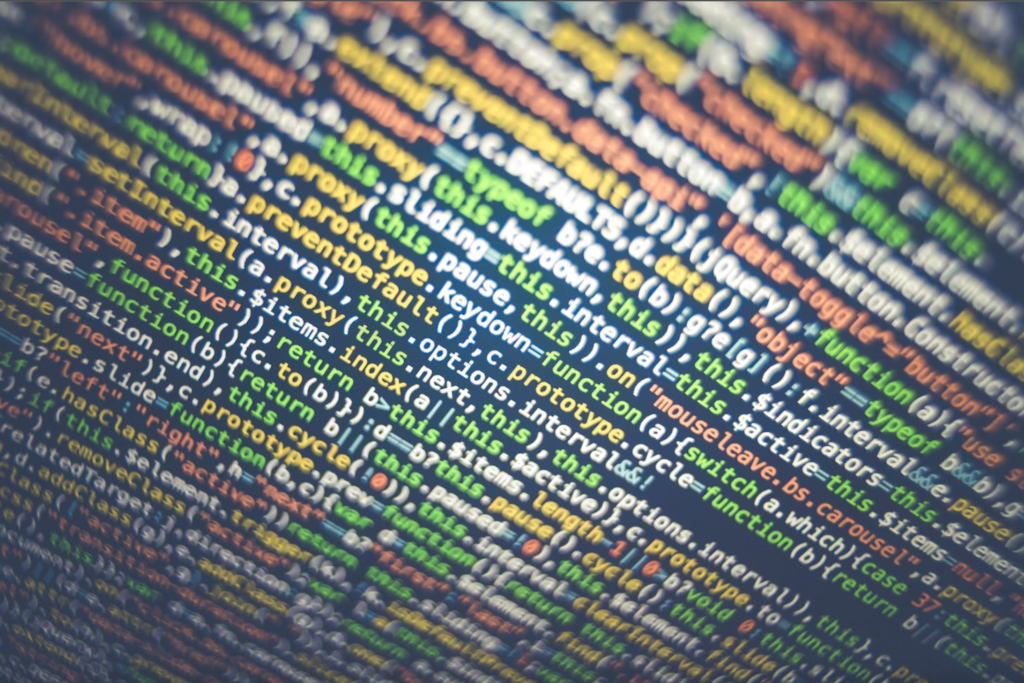In flight on the evolution of 21st century communication systems, from chatbots to the humanization of the machine.
Humanity’s journey is marked by a succession of historical epochs and social systems, changes and revolutions, courage and innovation.
The Digital Revolution has disrupted the foundations of human relationships, approach to the world of work and culture. It has profoundly changed the way we live our daily lives, manage time, make decisions, shop, and experience relationships.
But what do we mean by the Digital Revolution?
At the root of the revolution should be considered the shift from analog to digital electronic technology, the main protagonist of which is the Internet with all its associated tools.
It is a constant revolution, strongly sedimented in our society, which knows no brake.
Technological progress is the matrix of the profound change brought about by the digitization process that allows, people and companies to evolve faster and faster. It has now become a requirement for businesses to keep themselves flexible to changes and sensitive to the technological developments that progress, day by day, imposes.
Regardless of the new technology of the day, however, the constant remains the human being, the user of the medium, the architect of change. For years there has been talk about the lack of ethics and humanity of the machine, which, however futuristic, is unable to make up for the absence of man. But is this really the case?
Putting our gaze on recent technological changes, considering the advent of the new chatbots, of the increasingly preponderant and high-performance robotics, perhaps there is a need to reconsider the previous point. From machine-learning chatbots to machine-assisted learning chatbots-which then require the hand of humans for more complete “training”-there is a need for a change of mindset, of approach, with respect to the great technological advent in which we are more or less conscious players.
The latest masterpiece is called ChatGPT, was created by the California company OpenAI, has Elon Musk among its backers, and, given the exceptional boom in visits to the platform, can already consider itself an extraordinary achievement. Yet ChatGPT, subsequent to many other accredited chatbots such as text-davinci-003, is but a starting point, a stepping stone, propelling chatbot technology toward an increasingly preponderant “humanization.”
A dynamic, malleable, and at-your-fingertips mine of information and relationships, capable of adapting in an increasingly human-like way to its interlocutor.
Although it is still an immature, young technology, one cannot overlook the extraordinary innovation that, with update after update, is sharply changing the way we understand machine learning, which is showing ever finer boundaries and limits.
The question in this regard comes naturally:
Can a chatbot replace a person?
Considering the way REPLIKA, the chatbot created by Eugenia Kuyda, allows you to realize your virtual partner can hold a one-to-one conversation and, over time, learn to talk almost naturally with the user, then the question does not seem so out of place.
Such questions come naturally when dealing with such technology, just as the fear of being replaced by the machine in carrying out one’s tasks comes naturally.
But history teaches us that technological advent, revolution, must be supported by a change of mindset, an evolution of the idea, an adaptation of man to his new instrumentation. It is a modern-day reading of the concept of social Darwinism theorized in the late nineteenth century: just as in nature the fittest win-“The Survival of the Fittest”-so, with respect to technological innovation, the most capable, the most able to adapt and twist will survive.
After all, it is human nature to undergo, endure and harness change that, today more than ever, is the child of man himself.
We are called to live up to our own child. Once again.
Photo : Unsplash
Author : Alessandro Volpe
